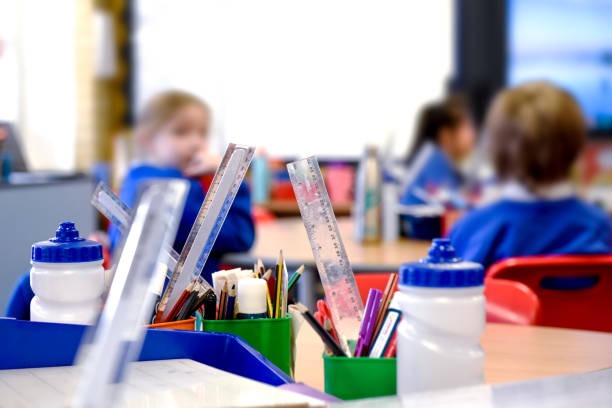Assessing Child's Special Education Needs Process.
Getting an SEN Assessment - Detail the process for having a child assessed for special education needs.
EDUCATION
Jane Fresno
5/17/20242 min read


Process for Having a Child Assessed for Special Education Needs
When a child is struggling academically or facing challenges in their learning, it may be necessary to have them assessed for special education needs (SEN). This assessment process is crucial in identifying any specific difficulties the child may have and determining the appropriate support and accommodations they require to succeed in their education.
Step 1: Identification and Concern
The first step in the process is the identification of a concern by either the child's teacher, parent, or guardian. This could be due to a noticeable difference in their learning or behavior compared to their peers. It is important to document these concerns and gather any relevant information or evidence to support the need for an assessment.
Step 2: Requesting an Assessment
Once the concerns have been identified, the next step is to request an assessment for special education needs. This can be done by contacting the school's Special Educational Needs Coordinator (SENCO) or the local education authority. The request should include a detailed explanation of the child's difficulties and the reasons for requesting an assessment.
Step 3: Gathering Information
After the assessment request has been made, the school or local education authority will gather information from various sources to gain a comprehensive understanding of the child's needs. This may include:
Educational records and progress reports
Observations from teachers and other professionals
Assessments and evaluations conducted by specialists
Medical reports or diagnoses
This information will help in forming a complete picture of the child's strengths, weaknesses, and any specific areas of difficulty.
Step 4: Assessment Process
The assessment process itself may involve a range of professionals, depending on the nature of the child's needs. This could include educational psychologists, speech and language therapists, occupational therapists, or specialist teachers. The assessments may involve:
Observations of the child in various settings
Standardized tests and assessments
Interviews with the child, parents, and teachers
Review of the child's work samples and portfolios
These assessments are designed to identify any learning difficulties, developmental delays, or disabilities that may be impacting the child's educational progress.
Step 5: Assessment Report and Support Plan
Once the assessments are complete, a detailed assessment report will be compiled. This report will outline the findings of the assessments, including any specific diagnoses or identified needs. It will also provide recommendations for appropriate support and accommodations to address the child's needs.
Based on the assessment report, a support plan or individualized education plan (IEP) will be developed. This plan will outline the specific interventions, accommodations, and resources that will be provided to support the child's learning and development.
Step 6: Review and Monitoring
After the support plan is implemented, regular reviews and monitoring will take place to assess the child's progress and make any necessary adjustments to the support provided. This ensures that the child's needs are continually met and that they are making progress in their education.
The process of having a child assessed for special education needs is a collaborative effort involving parents, teachers, and various professionals. By following this process, children with special education needs can receive the appropriate support and accommodations to help them thrive in their educational journey.
Contact
Email: contact@beyondlabelreads.com
Socials
WhatsApp: 07840005489
